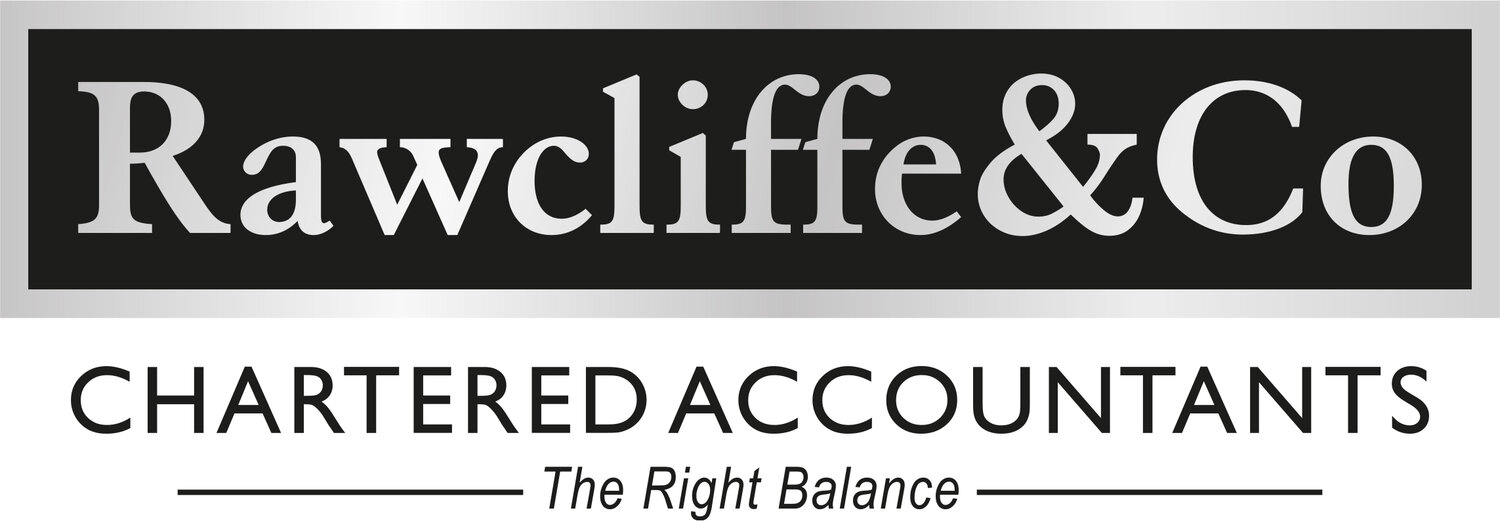Income Tax
Please note that ‘tax years’ run to 5 April each year and that, for example, 2025/26 signifies the year to 5 April 2026.
Your personal allowance
Your tax-free personal allowance will remain at £12,570 in 2025/26. The personal allowance is partially withdrawn if your income is over £100,000 and then fully withdrawn if your income is over £125,140.
Income tax rates and allowances
For 2025/26, income tax rates and thresholds remain frozen at their 2024/25 levels.
After your tax-free ‘personal allowance’ has been deducted, your remaining income will be taxed in bands in 2025/26 as follows:
‘Other income’ means income other than from savings or dividends. This includes salaries, bonuses, profits made by a sole trader or a partner in a business, rental income, pension income and anything else that is not exempt.
Scottish taxpayers
If your main residence is in Scotland or you are otherwise classed as a ‘Scottish taxpayer’, the application of income tax rates and bands applies differently where ‘other income’ is concerned. After the ‘personal allowance’ has been deducted, your ‘other income’ is taxed in bands as follows:
The rates for 2025/26 are expected to be announced at the Scottish Budget, on 4 December 2024.
Welsh taxpayers
Similarly, you pay Welsh income tax if you live in Wales. The rates set by the Welsh government usually shadow the main UK income tax rates and allowances and this was the case for 2024/25. We expect the 2025/26 rates to be confirmed when the Welsh Budget is published on 10 December 2024.
Tax on savings income
A savings allowance determines how much savings income you can receive at 0% taxation, instead of the usual tax rates for savings income as shown above. This will remain at the 2024/25 level of £1,000 for basic rate taxpayers and £500 for higher rate taxpayers.
Interest income from an Individual Savings Account (ISA) continues to be exempt from tax.
Tax on dividend income
A dividend allowance determines how much dividend income you can receive at 0% taxation, instead of the usual tax rates for dividend income as shown above. This will remain at the 2024/25 level of £500.
Dividend income from a ‘stocks and shares’ ISA continues to be exempt from tax.
Individual Savings Accounts (ISAs)
The limit on how much you can save into ISAs (including cash and stocks and shares ISAs) in 2025/26 remains at £20,000 overall. This includes up to £4,000 that can be saved into a Lifetime ISA. The Junior ISA and the Child Trust Fund limit both remain at £9,000. These ISA limits are now fixed until 2030.
Previous plans to introduce an additional ‘British ISA’ allowance will not be taken forward by the new government.
The High-Income Child Benefit charge (HICBC)
You may have to pay the HICBC if you are considered to have ‘high income’ and child benefit is being paid in relation to a child that lives with you, regardless of whether you are a parent of that child. If you are living with another person in a marriage, civil-partnership or long-term relationship, you will only be liable to HICBC if you have the higher income of the two of you.
Since 2024/25 the child benefit ‘high-income’ threshold is £60,000. The HICBC is calculated at 1% of the child benefit received for every £200 of income above the threshold. This means that child benefit is only fully clawed back where income exceeds £80,000.
The HICBC does not apply if the child benefit claimant opts out from receiving the payments.
The new government will not proceed with previous plans to explore a household income basis of calculating the HICBC.


